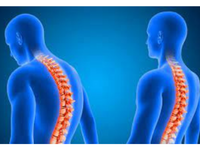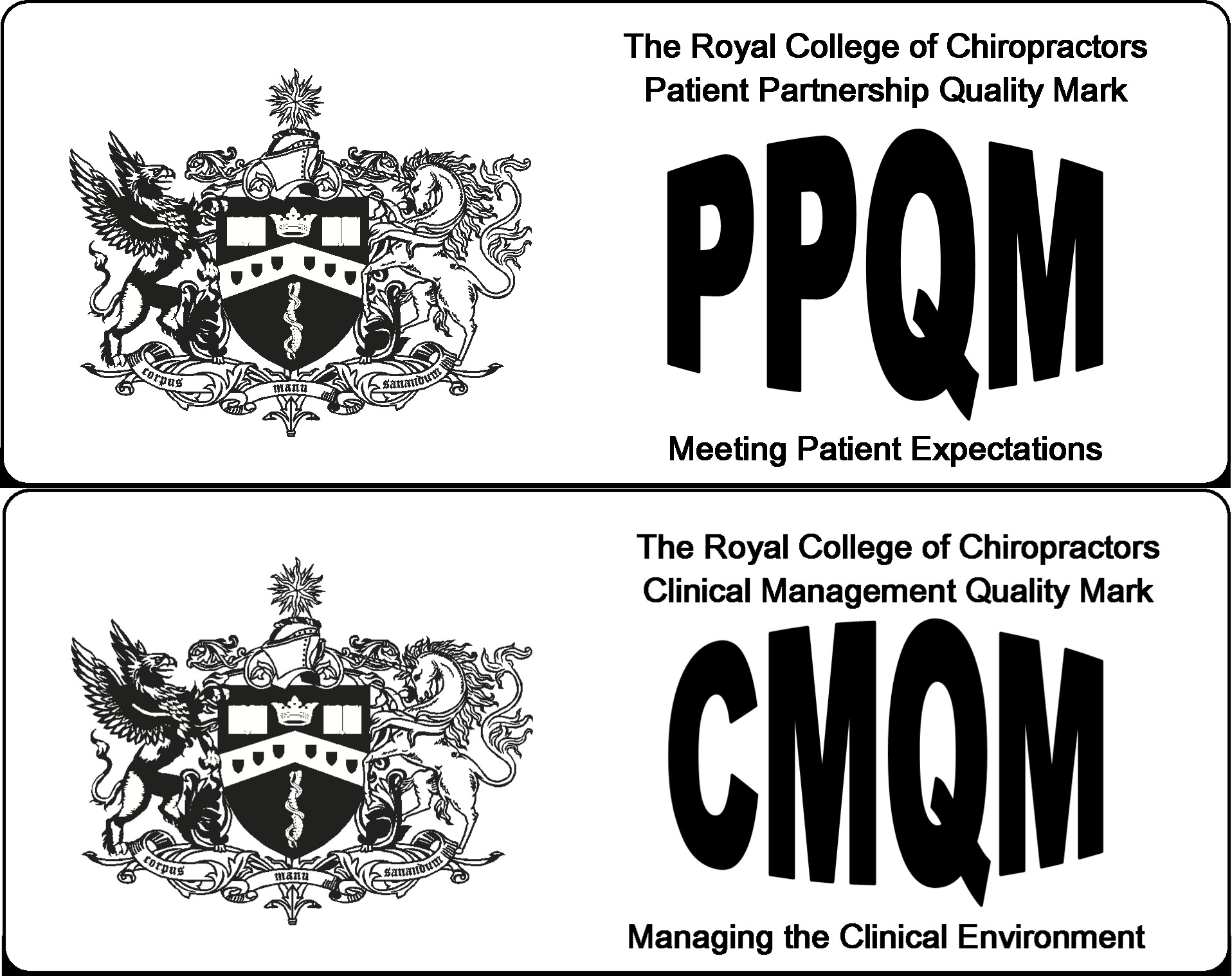As chiropractors, we understand the importance of posture management. Maintaining good posture is vital for your overall health. If you’re wondering what happens when you have a bad posture, this blog is for you.
We’ll tell you more about what posture is, a how you can improve posture. We’ll also highlight 4 common issues that require postural correction. Read on to learn more.
Why Is Posture Management Important?
Your posture is the way you hold yourself. It’s the position your body is in while you sit, stand, walk around, and even lie down. The way your spine aligns with your hips, shoulders, and head is important.
Of course, there is no such thing as “perfect” posture. Just as there is no such thing as a “perfect” body. Having “good posture” means having a neutral spine. This is when your joints, ligaments, and muscle groups are properly aligned. Good posture reduces stress on your body, helps you stay balanced and flexible, and also helps you use your energy efficiently.
Postural realignment is effective in treating bad posture. When your posture is misaligned, you can experience:
- Back pain, headaches, and neck pain
- Injuries during work, exercise, and other activities
- Excess strain on your muscles and joints
This is why posture management is an important practice.
4 Common Issues That Require Postural Correction
Poor or misaligned posture is common. It can have an impact on your appearance, self-confidence, and overall well-being. The good news is that you can improve posture with exercise and chiropractic care. Postural realignment, postural correction, and posture management are integral parts of treatment. Our chiropractors will be able to create a bespoke treatment plan for you.
Here are 4 common postural issues we treat:
1. Forward Head Posture:
When you have a forward head posture, your head is positioned so your ears are in front of your body’s vertical midline. In proper posture, your ears and shoulders would be aligned with your vertical midline.
Forward head posture is also called tech neck, text neck, and nerd’s neck. It is frequently caused by hunching over a cell phone or computer. You can even get a forward head posture from hunching over your steering wheel while driving. It may also happen as you get older and your upper body’s muscles start to weaken.
2. Kyphosis:
The term “kyphosis” describes an accentuated curve in the thoracic spine, where the shoulders are rounded forward. It’s commonly known as a hunchback.
As your spinal bones weaken with age, osteoporosis (bone thinning) can cause your shoulders to round. It’s most common in older women. Degeneration of your spinal discs or vertebrae is another age-related cause.
Younger people may develop kyphosis due to diseases such as polio or Scheuermann’s disease, infection, or cancer treatment such as chemotherapy or radiation.
3. Swayback:
Lordosis or hyperlordosis occurs when your hips and pelvis tilt forward, in front of the midline of your body. The common name for this is “Swayback”.
Your lower back has an exaggerated inward curve in this position. When you stand up, you appear to be leaning back, with your stomach and rear protruding.
If you sit a lot, the muscles in your back can tighten and cause swayback. Long periods of sitting can also weaken your abdominal muscles and glutes. The core muscles that stabilize your back become weak in both cases.
Obesity, injury, neuromuscular conditions, and spinal and vertebral abnormalities may also cause swayback.
4. Flatback:
When you have a flatback, your lower spine’s natural curve loses some of its curvatures. You stoop forward and your lower back appears straight.
It can be present at birth or develop as a result of back surgery or degenerative spine conditions such as ankylosing spondylitis (inflammatory arthritis), disc degeneration, and vertebrae compression.
Standing for long periods of time can be painful if you have a flatback.
Other Posture Management Issues
- Poking Chin: Leaning forward to see your screen while sitting in a low chair or looking up at a screen that’s too high can result in a protruding chin.
- Uneven Shoulders or Hips: If one leg is longer than the other, you may tilt to one side when standing. Additionally, it may affect the way you walk.
- Military-Style Posture: This issue occurs when your back is excessively straight, with a forward-thrusting chest.
How To Improve Posture
If you want to improve posture, be mindful of your daily activities. What you do affects the way you sit, stand, walk, and even lie down. This in turn affects your overall posture.
A few simple ways to go about postural correction are:
- Use a good chair with proper lumbar support
- Optimize your workstation to help you maintain good posture
- Make sure your mattress is posture-friendly
- Try not to hunch over your cell phone/laptop
You can also:
- Be mindful of the way you walk
- Try not to wear high heels too often
- Breathe deeper, and take breaks from work to stretch
The best way to improve posture is through chiropractic treatment. We can help you with postural realignment, posture management and rehabilitation, and more. Contact us to learn more.






